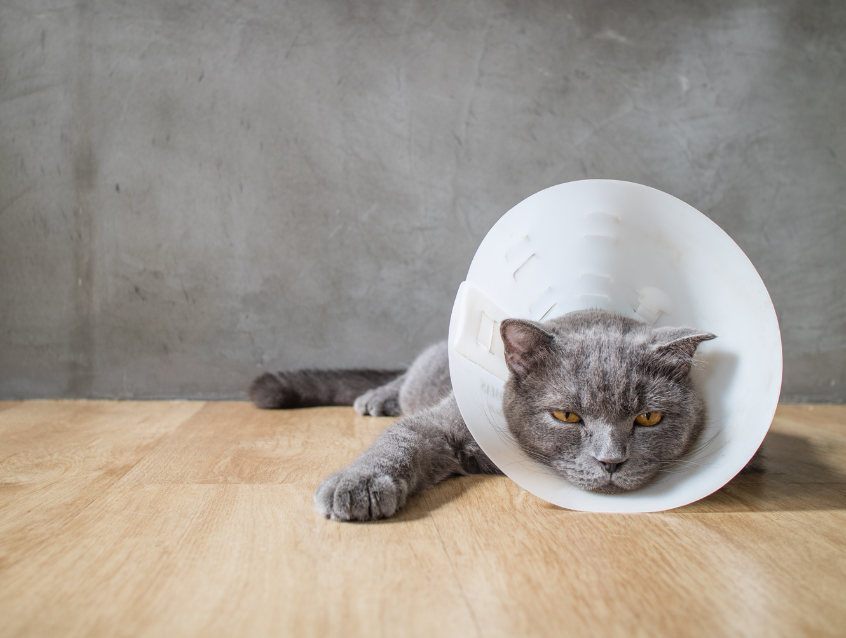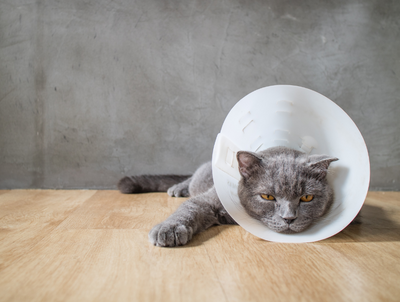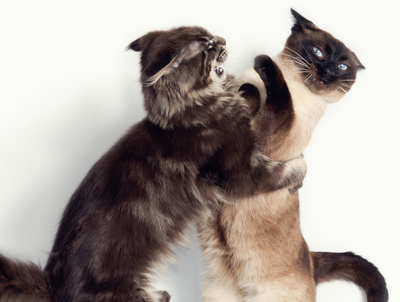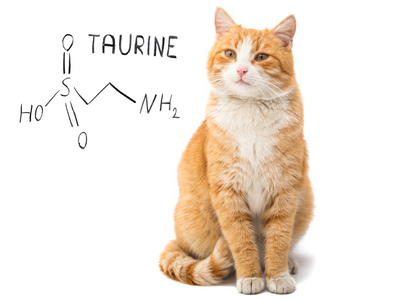Feline Leukemia Virus (FeLV) is the most common cause of cancer in cats and affects a cat’s quality of life in many ways. It results in a variation of blood disorders, and when the virus strengthens, it can weaken the cat’s immune system, preventing the cat from defending itself against infections.
Cats diagnosed with FeLV may live the lifespan of an average cat, only when kept indoors with minimal exposure to secondary illnesses. The average lifespan of an FeLV diagnosed cat is less than three years.
What causes FeLV?
White blood cells are responsible for helping fight off infections and protect the immune system of cats. In FeLV, the white blood cells are attacked (anemia), and the cats are unable to fight off the infections. This will eventually decrease its lifespan and even lead to cancer.
When cat’s are exposed to infected cats especially kittens and young adults as older cats develop resistance with age. This can happen when your cats roam outdoors very often or in multi-cat households and catteries. FeLV is spread through saliva, hence acts such as cat fights grooming, mating, sharing water and food dishes and litter boxes can all increase the risk of spread.
On the bright side, vaccines and reliable tests that have been developed over the last 25 years have lowered the occurrence of FeLV
Symptoms of FeLV
Cats may not show signs and symptoms in the beginning stages, but as the virus worsens over time, they start to show symptoms especially when secondary infections and cancer symptoms start to develop.
- Pale gums
- Yellowing of the mucous membrane and whites of eyes
- Enlarged lymph nodes
- Infections e.g. UTI (e.g. increased urination), skin, respiratory (e.g. cough)
- Weight loss and inappetence
- Poor coat quality
- Lethargy
- Fever
- Diarrhea
- Breathing difficulty
- Reproductive problems
- Stomatitis
How do I know if my cat has FeLV?
A vet visit can determine this. If your cat is showing signs of FeLV, a blood test called ELISA can be done to diagnose. If your cat tests positive, repeating the test after 8 to 12 weeks will help confirm whether the illness is persistent. When cats are first exposed to the virus, their immune systems can remove it. Approximately 20 to 30 percent of cats successfully eradicate the virus.
Prevention is better than cure! Even if your cat does not have FeLV, they should get vaccinated annually, especially if they go outdoors. Vaccinated cats will not test positive on feline leukemia snap tests unlike FIV tests.
If a cat tests positive for feline leukemia, it should not be vaccinated, as it puts excess strain on its immune system. Any new cat should be tested for feline leukemia and FIV prior to being introduced to other cats in the household.
Treatment of FeLV
Unfortunately, feline leukemia virus does not have a cure. If FeLV symptoms start to show up, they treat any secondary illnesses that result from the virus. Treatments often recommended to help cats with FIV include:
- Medications to help with any secondary infections (appetite stimulants, antibiotics as well as anti-inflammatory and immunosuppressive drugs)
- Blood transfusions to sustain the quality of life of cats with severe anemia.
- Periodic routine laboratory testing (hematology, biochemistry, urinalysis) should be considered to watch out for early intervention of secondary infection
- Isolation for cats that are infected with FIV as they are considered immune-deficient and can easily contract other infectious diseases from other cats
- Frequent cleaning of eyes and ears to keep them free of secondary infections such as skin, respiratory, eye, ear and urinary tract.
- Regularly brushing of coat
There are several supplements that Petssionate has that can help manage FeLV:
3. Revive 50ml
5. Multivitamin & Minerals Syrup & Tabs
For specific infections you can check out the rest of our range.






